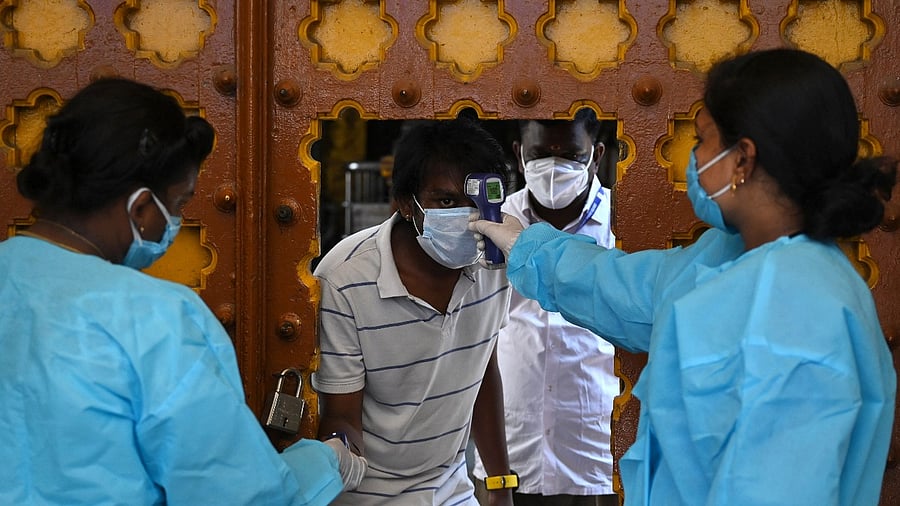
Covid-19 cases which were on an upward swing in Tamil Nadu since March has begun witnessing a downward trend in the past few days, though the number of people succumbing to the virus continues to be one of the highest in the country.
After hitting a peak of 36,184 fresh cases with 467 deaths on May 21, the number of people testing positive for the novel coronavirus came down to 26,513 on June 1, but the daily death toll has remained close to 500 for the past one week, next only to Maharashtra.
In the period from May 1 to June 1, over 9.36 lakh people tested positive – a massive increase as the state took more than a year to report the first 10 lakh cases. As many as 10,529 persons lost their lives during the said period, taking the death toll, as of Wednesday morning, to 24,722. The active cases stood at 2.96 lakh, though the number of persons being tested remains at around 1.70 lakh for the past few weeks.
“As the number of cases reduces, the death rate will also come down in a week. This will be proportionate to the number of discharges that are set to increase. The deaths we see now are from those infected over the previous weeks. The increased death toll during the second wave is also because the vulnerable and high-risk people got infected in large numbers,” public health expert Dr K Kolandaswamy told DH.
Covid-19 spread, which was under control in the state, began to increase in March due to a slew of reasons including non-compliance of Covid-specific behaviour, and election rallies that broke every single guideline. The state’s tally remained under 500 cases per day for a couple of months, but the government too let its guard down before the elections.
Chennai and Coimbatore remained hotspots for weeks together with the industrial city taking over the state capital in the number of cases at one point – cases in both cities are now on the decline. Many districts that were spared from a severe onslaught during the first wave struggled with an exponential increase in positive cases – the only saving grace was the health infrastructure built over the years and augmented in the past year.
Lockdown in force from May 10 – an intensified version is in place from May 24 -- ramping up of the vaccination drive, increased testing, screening of people, and adding oxygen beds are some of the reasons cited for the downward trend. The lockdown is quite strict with all shops being closed and provisions and vegetables being sold through mobile shops.
Though the state saw a regime change amid the raging second wave, the general opinion is that the new DMK government handled oxygen needs “very well” by ensuring timely supply from the Centre, setting up new plants with support from the private sector, and by procuring thousands of oxygen concentrators through various sources.
Dr Kolandaswamy said the third wave, if it happens, would be very severe and the need for oxygen would increase manifold. “If our vaccination drive is speeded up, we may escape the complete onslaught of the third wave. But if we don’t then we may have to plan for the third wave. Oxygen demand will be much higher than the second wave,” he added.
